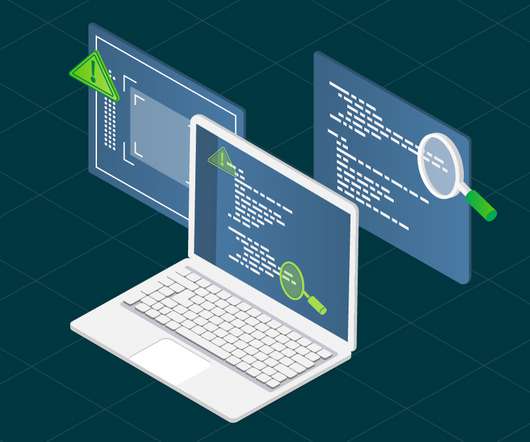Open Source Versioning: The Race to Stay Up-to-Date
DevOps.com
MAY 13, 2019
Open source libraries, once shunned as risky and not ready for prime time, are now used extensively across major corporations, including insurers. The post Open Source Versioning: The Race to Stay Up-to-Date appeared first on DevOps.com. However, having made the […]. However, having made the […].















Let's personalize your content